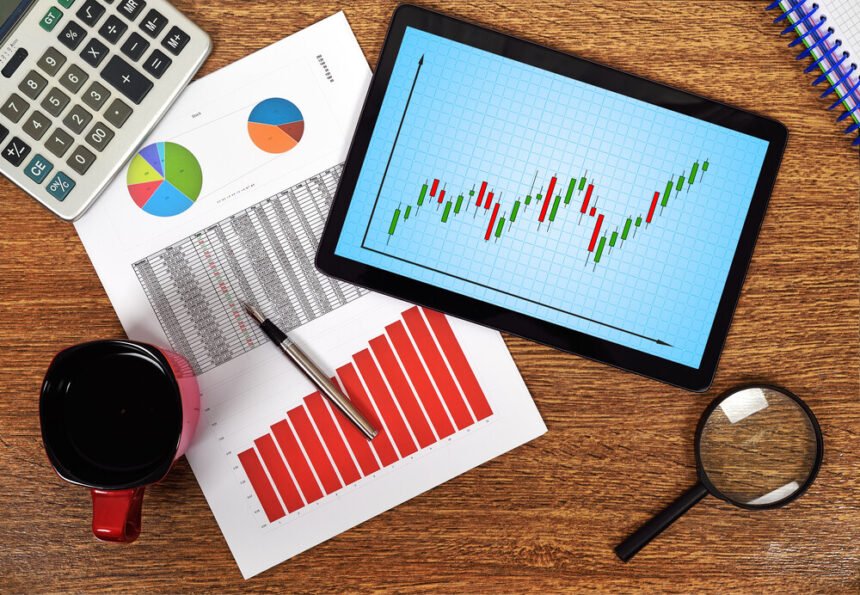Future traders need to always be on their game. They should use the latest technology to have a competitive edge in the market. New technology has always been at the forefront of the financial industry. Computers have always played an important role in improving the efficiency of financial markets. In many ways, this has been beneficial. In other ways, it has created new risks. The emergence of flash trading is a prime example of a new technology that hurts short term traders. This is even more of an issue with futures markets. The same can be said about predictive analytics. AISHWARYA SINGH from Analytics Vidyha points out that new advances in predictive analytics technology are reshaping financial trading. Investors that trade futures and other derivative investments are becoming more reliant on predictive analytics. The ultimate question is whether predictive analytics is going to be a net positive or negative for the industry. There are a number of factors that need to be taken into consideration to answer this question.
What are the potential benefits of predictive analytics in futures trading?
Since the first future exchange was launched, investors have been looking for ways to predict financial asset prices. It was always understood that somebody that could predict future price movements would have a stellar advantage and ultimately become filthy rich. Of course, it is not feasible for everybody to become a millionaire through the future market. The nice thing about the future market is that it is not a zero-sum game. It is possible for everybody to make a positive return over the long run. This is one of the biggest things that differentiates future and bond investing from gambling. Since predictive analytics technology is more available, many experts point out that predicting the market is easier than you may think. However, financial markets are also highly efficient. As people become more adept at predicting price movements, the marginal returns become smaller. Therefore, it is not possible for predictive analytics to make every investor wealthy. As Earn2Trade points out, it is still important to understand the market yourself. Nevertheless, everybody that relies on predictive analytics has the opportunity to enrich themselves to some degree. The bad news is that the average investor won?t have access to exceptional predictive analytics capabilities. However, they can invest in an institutional account that does have these resources. Investors that pool their money with mutual funds or retirement accounts that use sophisticated predictive analytics technology will have the opportunity to realize higher rates of return in the future.
What are the risks of predictive analytics in future investing?
Machine learning has been a boon for many industries. However, the financial industry is one where it also introduces certain risks. One of the biggest risks is that predictive analytics could create the next major financial bubble. Certain assets could be perceived to be undervalued, which would cause people to start purchasing the futures. The problem is that if the fundamentals are inaccurate, this could lead to lots of people ove paying for lousy investments. The crux of the problem is that some of the variables that go into predicting asset values are unclear. For one thing, the relationship between future profits and asset value is not nearly as strong as traditional financial theorists would like to believe. This is one of the reasons that the dividend discount model and even the free cash flow model are not nearly as reliable in the real world as MBA professors suggest. The other problem is that we live in a very dynamic world. Some of the variables that had a profound impact on company profitability a few years ago might no longer be relevant. There are tens of thousands of different variables that go into determining the value of any given us sad. Even the most advanced machine learning system might not be able to pick up on all of them when they are changing every day. The value of predictive analytics tools is going to depend on their ability to pick up on vibrant changes in the market. Until they have proven their ability to do so, we might need to take their predictions with a grain of salt.

